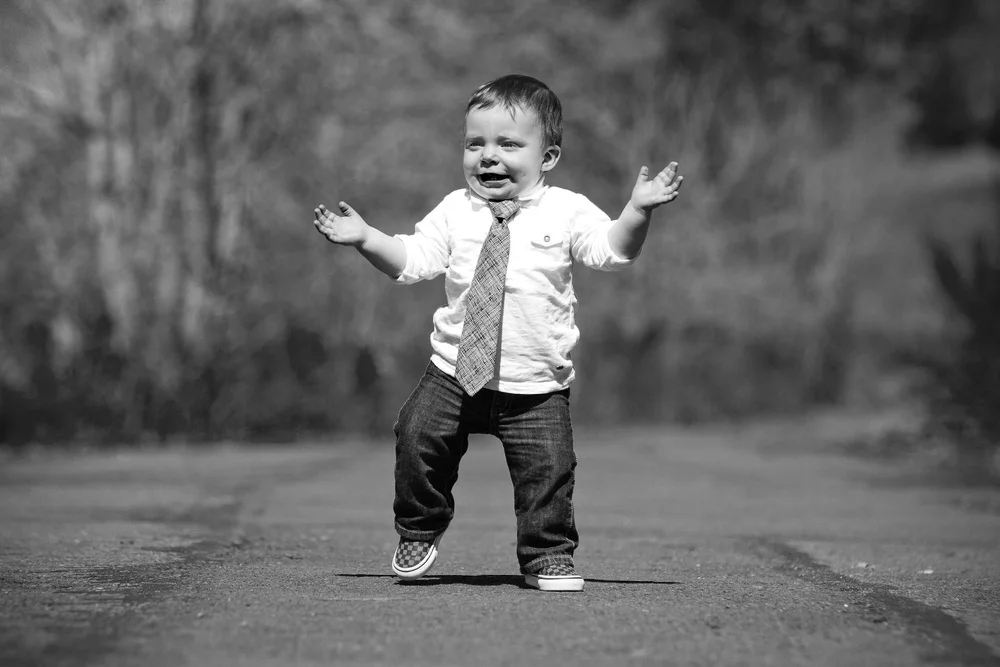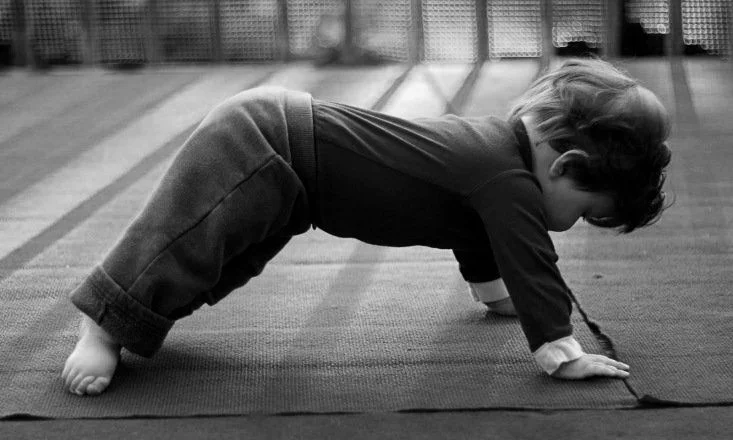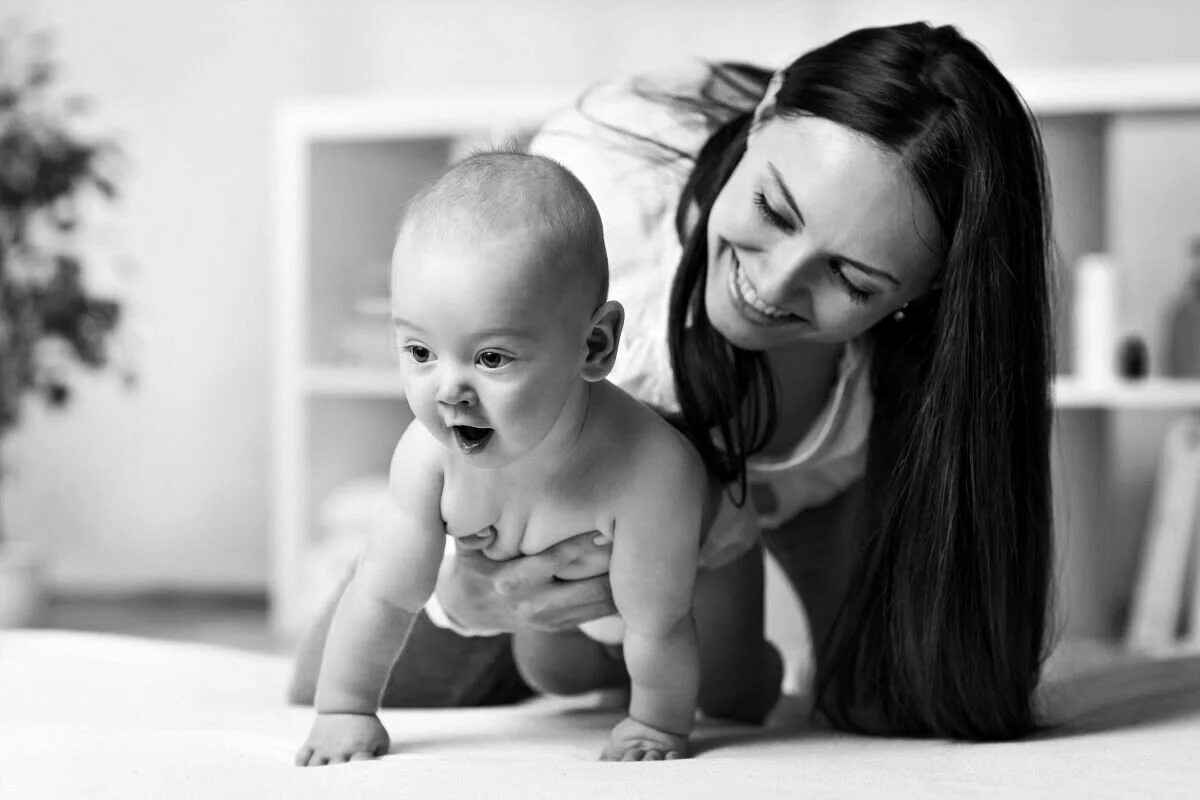Early Childhood Development
STRUCTURAL DEVELOPMENT™
Children are constantly growing, developing, and maturing until early adulthood. From birth, children are programmed to develop progressively higher neuromuscular capabilities in line with their physical and mental maturation. Much of this development is innate at the very early stages, for example, crawling progresses to standing, standing progresses to walking, and walking progresses to running. Once a child has developed basic ambulation skills, the rate and magnitude at which he or she progresses beyond that point often depend on an external interaction with the environment. To continue developing effectively, the environment must challenge children’s biologic systems; in other words, they must learn through external measures how to adapt and apply appropriate movement patterns.
With 30 years of expertise in early childhood development and intervention, we have developed a distinctive approach known as STRUCTURAL DEVELOPMENT™. This innovative method is founded on the principle of facilitating primal movement patterns, effectively connecting the mind and body through the activation and integration of the 12 myofascial meridians.
Structural Development™ is built upon three core pillars: STRUCTURE, FUNCTION, and INTEGRATION. Whether your goal is to help your baby establish a strong foundation, catch up on developmental milestones, or excel in their physical growth, you’ve come to the right place. Our targeted therapeutic interventions are designed to actively enhance child development, ensuring that your little one reaches their fullest potential.
STRUCTURE
The structure determines function. As human beings, we are holistic compositions of parts, in a dynamic dance of opposing forces - tension and compression. We are Tensgrities in motion. Tensegrity - is a form of geometry and engineering where the integrity of the structure depends on the balance of the tension members. Our body is just such a structure - the structural and movement stability of the body depends on the balance of the soft tissues.
FUNCTION
The primary goal of Structure-Function relationships is creating and optimizing Tensegrity system, a Balance of Space and Tension, that allows us to feel our body while also giving us instantaneous responsiveness and control. Developing and fine tuning movement within Tensegrity system - the relationship of push and pull in our bodies is the key to gaining structural balance and integrity. Tensegrity is a core concept for body architecture, movement and mechanics.
INTEGRATION
Integration is a process of embodiment of Tensegrity. When balanced, in relationship to gravity, movement transfers through our living systems evenly and there is no single place in the body, which needs to single-handedly support us. The process teaches the body and the mind to work well together, untying the blocks of old patterns and freeing you to move with ease, efficiency & coordination. Integrated body is organized in the most effective and efficient way available to it.
“What we know about development is that every stage builds one thing upon another and the brain-behavior relationships are built easier when you’re younger”
EARLY CHILDHOOD DEVELOPMENT
Babies learn to use their bodies through large physical tasks also known as gross motor skills. Gross motor skills include rolling, crawling, cruising and walking. There is a broad time frame to hit gross motor milestones. Developmental milestones are easily identifiable markers to determine typical development. Motor developments aren’t instinctual but facilitated and enhanced through practice and strengthening. Through an appropriate environmental space and play, babies can begin exploring and build motor skills.
Babies need exercise too
Experts say the time to get kids moving isn’t when they take their first steps but rather weeks after they’re born. Children who do not get enough exercise may miss out on the chance to make the strong kinds of brain-muscle connections that make physical activity easier and more enjoyable. As the child grows and matures, it is that physical competence that makes exercise more likely to become a life-long habit. And that's important for all kids, not just those who will become gifted athletes.
children with SPECIAL NEEDS
Although babies grow and develop at different rates, most follow a predictable path, learning to walk, talk, and gain new skills in certain time frames. For some young children, however, development unfolds slower or in an atypical fashion. Early intervention for infants and toddlers with disabilities or developmental delays is a critical step to ensure they catch up. CLPT helps parents to understand their babies development including new and traditional ways to participate in their child’s daily learning, at each stage right from birth.
WHY ARE THE EARLY YEARS SO IMPORTANT TO CHILDREN’S’ LATER DEVELOPMENT?
Today we often see babies who are late to roll or crawl or skip these steps entirely. Special needs are also more common. Research shows that earlier parental involvement makes it easier to overcome the various difficulties that babies encounter as they grow.
Neurological research shows that the early years play a key role in children’s brain development.
Overcoming the developmental challenges is crucial to maximizing the ease and speed of development, minimizing the gap that occur between a child’s ability and those of their same aged peers, the confidence of the child as well as the frustration that can be encountered by the child’s parents and/or care-givers.
The emotional, social and physical development of young children has a direct effect on their overall development and on the adult they will become. Investing in very young children maximizes their future well-being.
With about one-third of children in the United States who are overweight or obese, most parents know their kids should be getting at least an hour of exercise each day. Exercise not only helps with weight control, but it helps kids build healthy muscles, bones and joints, improves their self-esteem, helps them sleep better, and may even prevent depression later on in life, a January 2017 study in the journal Pediatrics found.
The Society of Health and Physical Educators (SHAPE America) recommends toddlers get 30 minutes of structured physical activity and at least 60 minutes of unstructured physical activity every day. According to the organization, toddlers also should not be sedentary for more than an hour except when they’re sleeping.
OUR GOAL
Working with hundreds of families throughout the years, providing them with education, guidance and empowering methods of support; helped us recognize the necessity of developmental support in early childhood stages. We can help your baby master the important skills at an appropriate time and pace, ready to develop into toddlers that can stand, walk, run, jump rope and play with a ball. Our goal is to have your child develop at an optimal level and reach highest physical potential.




